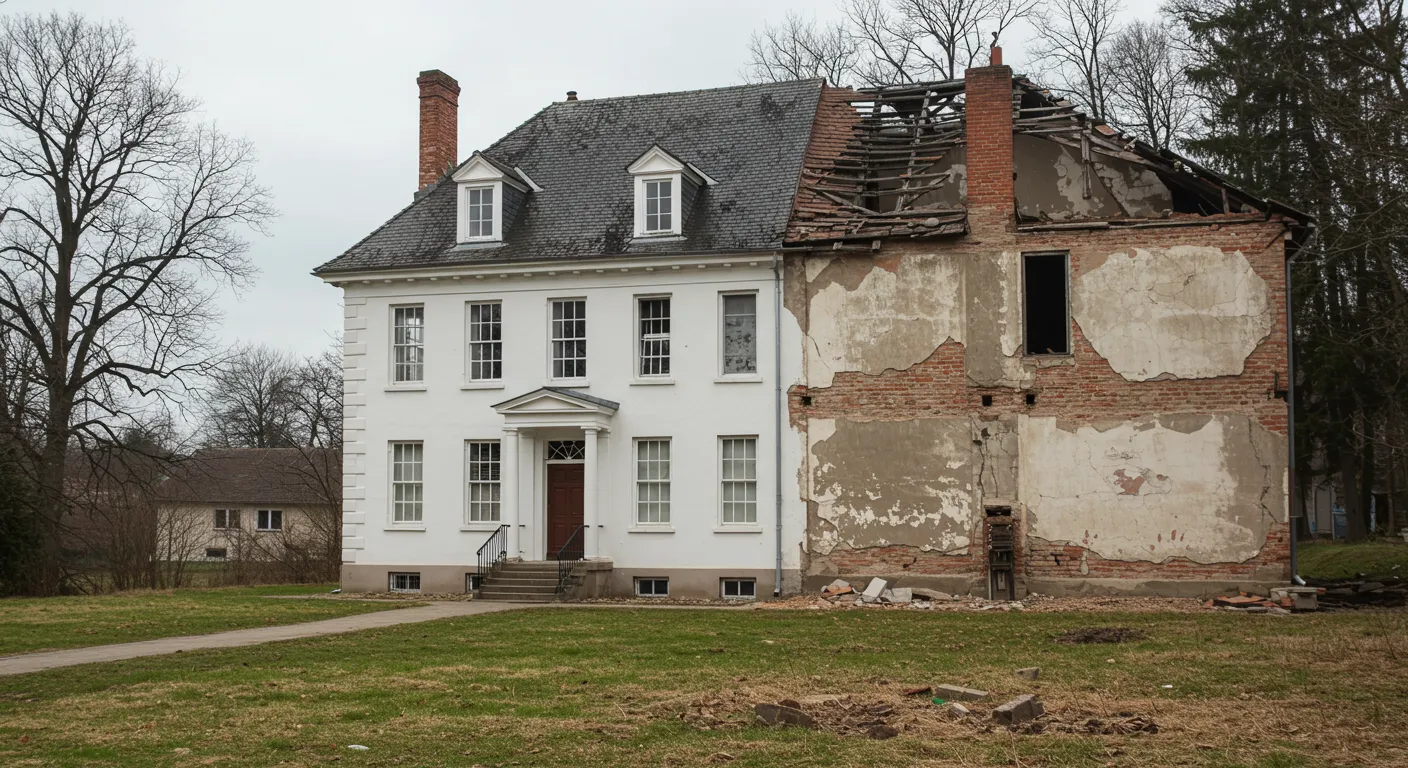Understanding the Role of Restoration Services
Property damage can occur due to various factors such as water leaks, fire incidents, mold growth, and structural wear. Restoration services focus on repairing the damage and implementing preventative measures to reduce the likelihood of future problems. By addressing underlying issues, professional restoration teams enhance the durability and safety of homes and commercial buildings.
Common Causes of Property Damage
Water Damage
Uncontrolled moisture from leaks, flooding, or poor drainage can weaken structures, cause mold growth, and lead to costly repairs. Restoration services detect hidden moisture, dry affected areas, and reinforce weak spots to prevent future leaks.
Fire and Smoke Residue
Fires not only destroy materials but also leave behind smoke residue that can damage walls, ceilings, and air quality. Restoration experts clean surfaces, remove odors, and use protective coatings to prevent further deterioration.
Mold and Mildew Growth
Unchecked humidity levels create an ideal environment for mold, which can compromise indoor air quality and structural integrity. Restoration teams identify moisture sources, apply antimicrobial treatments, and improve ventilation to prevent recurrence.
Structural Damage
Aging buildings, weather exposure, and natural disasters weaken foundations and walls. Restoration professionals inspect and reinforce structural elements, reducing risks associated with wear and tear.
Key Preventative Measures Used in Restoration
Moisture Control Strategies
- Leak Detection: Advanced sensors and infrared cameras locate hidden leaks before they cause significant damage.
- Dehumidification: Maintaining optimal humidity levels helps prevent mold and wood rot.
- Drainage Improvement: Proper grading and sump pumps redirect water away from structures.
Fire Prevention and Protection
- Smoke Damage Mitigation: Specialized cleaning prevents soot from embedding into surfaces.
- Fire-Resistant Coatings: Treated materials reduce flammability and slow fire spread.
- Electrical System Inspection: Identifying faulty wiring minimizes fire hazards.
Mold Remediation and Air Quality Improvement
- HEPA Filtration: Air purifiers remove airborne contaminants that contribute to mold growth.
- Sealing Vulnerable Areas: Protective coatings prevent moisture penetration in basements and attics.
- Routine HVAC Maintenance: Clean filters and ducts improve air circulation and reduce humidity buildup.
Strengthening Structural Integrity
- Foundation Repair: Addressing cracks and shifts prevents long-term damage.
- Roof Reinforcement: Upgrading materials and sealing weak spots protect against leaks and wind damage.
- Window and Door Sealing: Weatherproofing reduces energy loss and water infiltration.
How Professional Restoration Saves Long-Term Costs
Reducing Recurring Repairs
By resolving root causes of damage, restoration services prevent issues from resurfacing, eliminating the need for repeated repairs.
Lowering Insurance Claims
Preventative measures reduce the frequency and severity of damage, leading to lower insurance premiums and fewer claim rejections.
Enhancing Property Value
Well-maintained properties attract higher market values, and proactive restoration demonstrates responsible ownership.
Expert Solutions for Lasting Protection
Preventative restoration is not just about fixing existing problems—it’s about safeguarding your property for the future. Investing in professional services ensures that vulnerabilities are addressed before they escalate. If you’re concerned about potential risks in your home or business, Prestige NW Restoration offers expert solutions tailored to your needs. Contact us at (360) 334-3624 or email dispatch@prestige-nw.com to schedule an inspection.
Frequently Asked Questions
What are the first signs that indicate a need for restoration services?
Early signs include water stains, musty odors, peeling paint, warped flooring, and visible mold growth. If you notice any of these, an inspection is recommended.
How often should I schedule a property inspection?
Annual inspections are ideal, especially for areas prone to water damage, mold, or fire hazards. After extreme weather events, an immediate evaluation is advisable.
Can I handle minor restoration tasks myself?
Small repairs, such as sealing minor leaks or cleaning up minor mold spots, can be managed independently. However, extensive issues require professional expertise to ensure complete remediation and prevention.
How long does the restoration process take?
The timeline varies depending on the extent of damage. Minor cases can take a few days, while more severe damage may require several weeks.
Is restoration covered by insurance?
Many insurance policies cover restoration for fire, water, and storm damage. It’s best to check with your provider for specific coverage details.
What’s the best way to prevent mold in my home?
Maintain indoor humidity below 50%, use dehumidifiers in damp areas, fix leaks promptly, and ensure good ventilation in bathrooms and kitchens.
How does restoration help in fire prevention?
Beyond cleaning up after fire damage, restoration services reinforce fire-resistant materials, inspect electrical systems, and apply protective treatments to reduce flammability.
Why is structural reinforcement important in restoration?
Weak foundations, aging materials, and weather exposure can compromise a building’s integrity. Reinforcement prevents major failures and extends the lifespan of the structure.
What restoration services should landlords invest in?
Landlords should focus on water damage prevention, mold control, and regular structural assessments to maintain tenant safety and property value.
How do restoration services impact indoor air quality?
By removing mold, smoke residue, and airborne contaminants, restoration significantly improves air quality, reducing respiratory issues and allergens inside the property.




